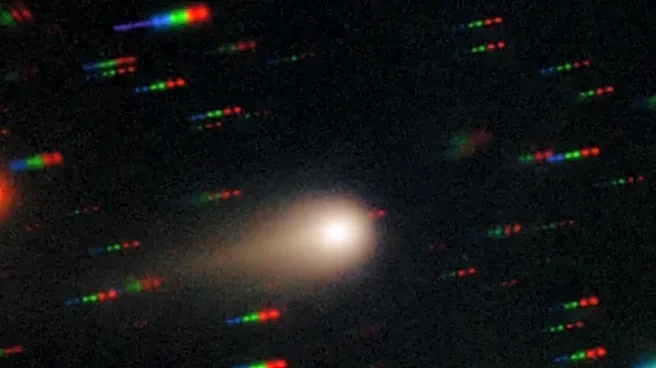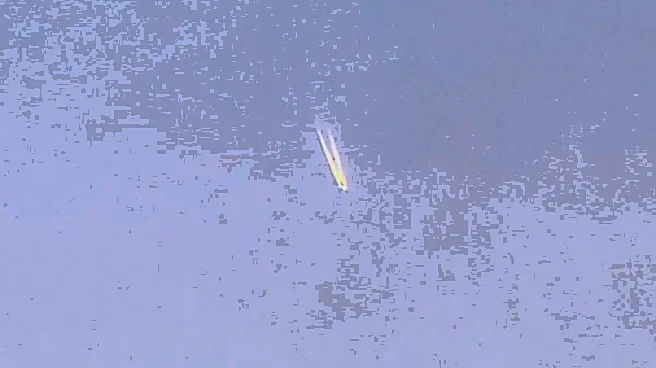The latest pictures are believed to be the first optical post-perihelion shot of the interstellar visitor on Halloween (Friday).
Since the comet was discovered in July, scientists have been fascinated by it. In a blog on Sunday, Qicheng Zhang, a postdoctoral fellow at the observatory, mentioned that the comet may also be seen with small telescopes. He also posted an illustration of this to his blog.
Speaking with Live Science on Friday, Zhang said, “All you need is a clear sky and a very low eastern horizon. It won't look very impressive, it's just a smudge, but it will be an increasingly visible smudge over the next few days.”
First
glimpses of 3I/ATLAS after its trip behind the Sun.
Some folks are convinced it’s an alien ship.
If that’s true, we might not survive witnessing such an event our hearts aren’t strong enough to handle that kind of encounter. pic.twitter.com/DcKjNkxl9s
— Wajid Shaikh (@iwajidshaikh) November 3, 2025
The comet is travelling at speeds of over 130,000 mph (210,000 km/h) in an “unusually flat and straight trajectory”, Live Science reported.
The reappearance ofcomet 3I/ATLAS offers a rare opportunity for scientists to study an interstellar visitor and gain insights about it.
3I/ATLAS reached its closest point to the sun (perihelion) on October 29, coming within 1.4 astronomical units (130 million miles or 210 million kilometres) of the sun.
A study posted to arXiv by researcher Zhang and his colleague on October 28 found that interstellar comet 3I/ATLAS underwent a rapid brightening and appeared bluer than the Sun before reaching its perihelion. The findings suggest that gas emissions were a major contributor to the comet's brightness.
Zhang pointed out that additional information is required to determine whether or not thecomet is still getting brighter.
In the morning twilight, when the comet is somewhat over the horizon but the sun is still far enough below it that the sky isn't overly bright, Zhang pointed out that there is a window to watch the comet.
As the comet moves away from the stars, researchers should be able to learn more about its makeup as it cools down. Scientists anticipate a flurry of new studies on 3I/ATLAS in the coming months as it reappears in the night sky.
While some speculate about the comet's origins, most astronomers believe it's a regular comet from an unknown star system in the Milky Way. The mysterious interstellar visitor may be around 3 billion years older than the solar system, the report added.
Zhang explained that in about a week, the comet's separation from the sun will be large enough to be seen by more telescopes.
“The comet is rapidly rising from the sun. I think in one week it's going to be something like 25 or 30 degrees away from the sun, by which point there will be a large number of other big telescopes around the world that will also be able to start to follow it up,” Zhang added.
/images/ppid_59c68470-image-176226258720946083.webp)




/images/ppid_a911dc6a-image-176216610082671442.webp)

/images/ppid_59c68470-image-176226008452283821.webp)
/images/ppid_59c68470-image-176224508295185460.webp)
/images/ppid_59c68470-image-176225257807599133.webp)
/images/ppid_59c68470-image-176223510077427032.webp)
/images/ppid_59c68470-image-176217503742397362.webp)


/images/ppid_59c68470-image-176222014904477102.webp)